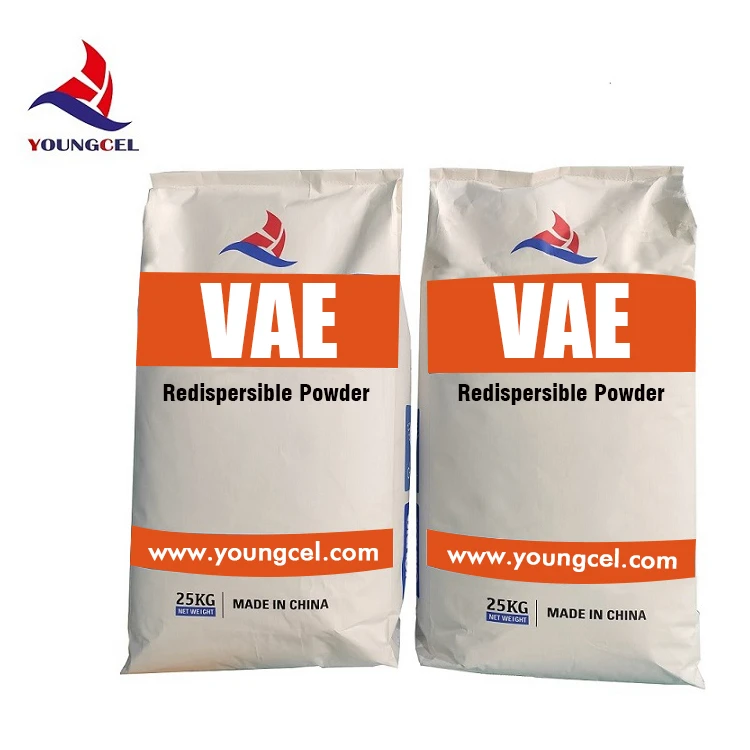Hydroxypropyl Methylcellulose (HPMC) A Versatile Polymer in Modern Applications
Hydroxypropyl Methylcellulose (HPMC) is a non-ionic, cellulose-based polymer derived from natural cellulose. It has emerged as an essential additive in various industries due to its unique properties, including film-forming, thickening, and binding capabilities. With applications that range from pharmaceuticals to construction, HPMC has become a key ingredient in many modern formulations.
Structure and Properties
HPMC is synthesized through the modification of cellulose, which is obtained from plant fibers. During its production, cellulose undergoes etherification, introducing hydroxypropyl and methyl groups. This alteration improves water solubility compared to raw cellulose. The molecular structure of HPMC allows it to interact with water, swelling to form a gel-like consistency. As a result, it serves as an effective thickener and stabilizer in various applications.
One of its noteworthy characteristics is its ability to provide a controlled release of active ingredients, making it particularly valuable in pharmaceutical formulations. HPMC can be tailored to achieve different viscosity levels and gel strengths, which is vital for encapsulating drugs or for use in sustained-release applications.
Applications in Pharmaceuticals
In the pharmaceutical industry, HPMC plays a critical role as a binder, thickener, and film-forming agent in drug formulation. It is commonly used in the formulation of tablets, providing the necessary cohesion for active pharmaceutical ingredients (APIs). The polymer’s water retention properties help maintain moisture levels in tablet formulations, enhancing stability and longevity.
Moreover, its role as a controlled-release agent allows for the development of formulations that release medication steadily over time. This property is particularly beneficial for medications that require prolonged therapeutic effects or for patients who struggle with adherence to dosing regimens.
hydroxypropyl methyl cellulos hpmc

HPMC is also gaining traction in the manufacturing of ocular inserts and contact lenses. By creating hydrophilic gels, it helps maintain moisture and comfort in eye-care products.
Industrial and Food Applications
Beyond pharmaceuticals, HPMC is widely employed in the food industry. It serves as a thickening agent, stabilizer, and emulsifier in various food products. Its ability to improve texture and mouthfeel makes it a popular choice in sauces, dressings, and dairy products. Additionally, its low-calorie content positions HPMC as a suitable alternative to traditional thickeners, aligning with trends towards healthier food options.
In the construction sector, HPMC is used in tile adhesives and mortar formulations. It enhances workability, extends open time, and improves adhesion, making it an invaluable additive for construction materials. By imparting water retention properties, HPMC ensures that the mixture remains workable for extended periods, allowing for more flexible application times.
Environmental Considerations
As a cellulose derivative, HPMC is biodegradable and considered an environmentally friendly alternative to synthetic polymers. With the increasing emphasis on sustainability, it represents a choice for formulations that align with eco-friendly practices. The renewable nature of cellulose as a starting material supports a shift away from petroleum-based products, which is crucial in addressing global environmental concerns.
Conclusion
Hydroxypropyl Methylcellulose is a multifunctional polymer that finds utility across various sectors, from pharmaceuticals to food and construction. Its unique properties enhance product formulations, allowing for greater stability, improved customer experiences, and adherence to modern standards of sustainability. As industries continue to innovate and seek out versatile materials, HPMC's profile as a reliable and effective ingredient is only set to grow, making it a cornerstone of contemporary formulation science.
-
Rdp Powder: Key Considerations for Wholesalers in the Building Materials IndustryNewsJul.08,2025
-
Key Considerations for Wholesalers: Navigating the World of Hpmc - Based ProductsNewsJul.08,2025
-
Hpmc Detergent: Key Considerations for WholesalersNewsJul.08,2025
-
Key Considerations for Wholesalers: China Hpmc For Tile Adhesive, Coating Additives, Concrete Additives, and MoreNewsJul.08,2025
-
Crucial Considerations for Wholesalers: Navigating the World of Construction MaterialsNewsJul.08,2025
-
Key Considerations for Wholesalers Sourcing Additive For Cement, Additive For Concrete, Additive For Putty from Additive Manufacturer Shijiazhuang Gaocheng District Yongfeng Cellulose Co., Ltd.NewsJul.08,2025




